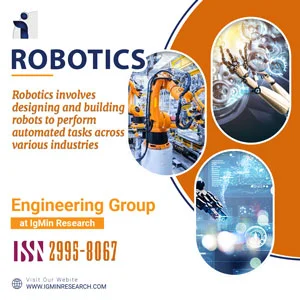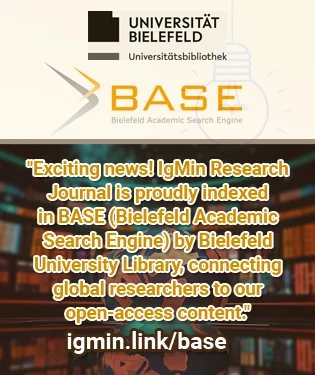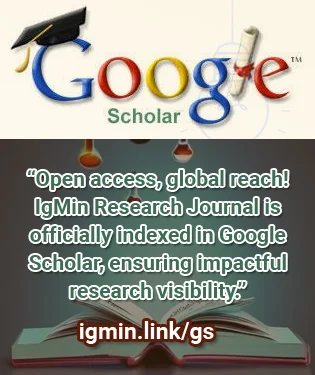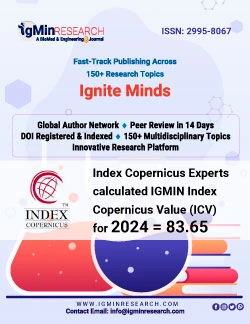Open Access Policy refers to a set of principles and guidelines aimed at providing unrestricted access to scholarly research and literature. It promotes the free availability and unrestricted use of research outputs, enabling researchers, students, and the general public to access, read, download, and distribute scholarly articles without financial or legal barriers. In this response, I will provide you with an overview of the history and latest resolutions related to Open Access Policy.
について
Advance the Future with Robotics Research
Robotics is revolutionizing industries from healthcare to automation, and at IgMin Research, we’re proud to support innovation in this dynamic field. If you're exploring robotic systems, AI integration, automation frameworks, or intelligent machines, we invite you to share your work through our streamlined robotics journal submission process.
Our platform ensures your discoveries in robotics are visible to a global audience, with fast, transparent peer review and long-term citation value.
Key Steps to Publish with Us:
- Quick Submission: Start your submission in just a few clicks—ideal for researchers ready to publish.
- Robotics Publication Guidelines: Review detailed formatting and submission requirements to meet journal standards.
- Submit Robotics Research Paper: Finalize your manuscript submission through our secure portal.
Join our community of forward-thinkers shaping the next generation of robotic technologies. Whether you're an early-career researcher or seasoned innovator, IgMin Research offers a robust platform to publish and promote your robotics breakthroughs.
編集者
Engineering Group (2)
Open Access Policy refers to a set of principles and guidelines aimed at providing unrestricted access to scholarly research and literature. It promotes the free availability and unrestricted use of research outputs, enabling researchers, students, and the general public to access, read, download, and distribute scholarly articles without financial or legal barriers. In this response, I will provide you with an overview of the history and latest resolutions related to Open Access Policy.

Why publish with us?
Global Visibility – Indexed in major databases
Fast Peer Review – Decision within 14–21 days
Open Access – Maximize readership and citation
Multidisciplinary Scope – Biology, Medicine and Engineering
Editorial Board Excellence – Global experts involved
University Library Indexing – Via OCLC
Permanent Archiving – CrossRef DOI
APC – Affordable APCs with discounts
Citation – High Citation Potential
現在トレンドになっている記事はどれですか?
研究論文
- Deep Learning-based Multi-class Three-dimensional (3-D) Object Classification using Phase-only Digital Holographic Information
- Analysis of the State of Moisture Control to Ensure and Regulate the Quality of Grain and Grain Products
- Application of Virtual Reality (VR) in Facility Management Competency-based Training (CBT) in the Era of Industrie 5.0
- Unraveling Cognitive Aging: A Comprehensive Narrative Review of the Seattle Longitudinal Study and Recent Breakthroughs
- Contamination in Heat Exchangers: Types, Energy Effects and Prevention Methods
- Exploring Upper Limb Kinematics in Limited Vision Conditions: Preliminary Insights from 3D Motion Analysis and IMU Data
Advertisement























